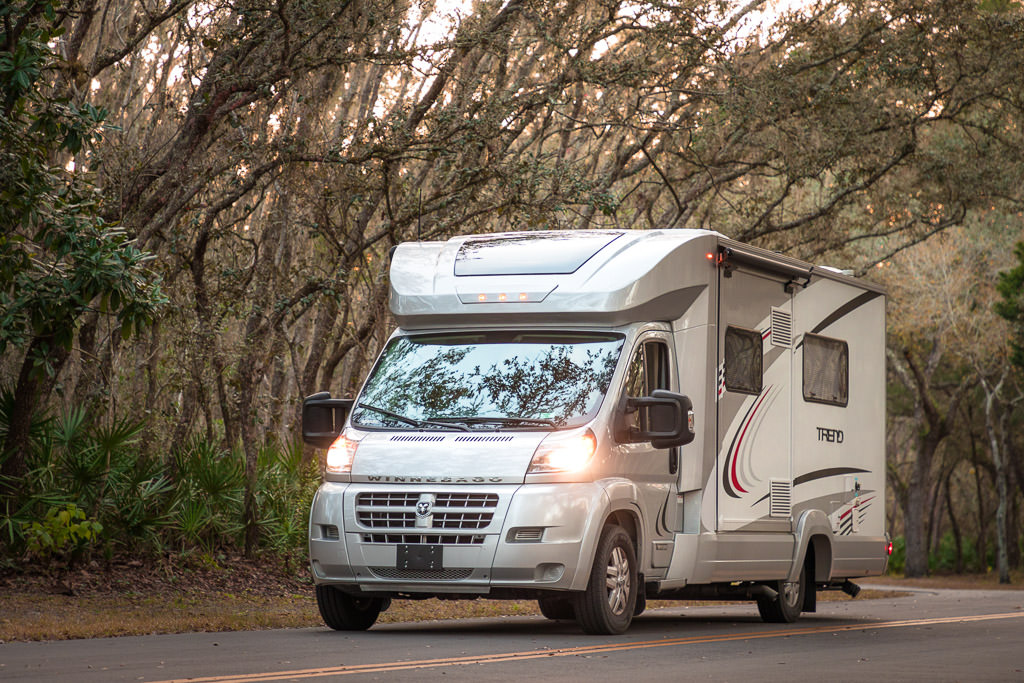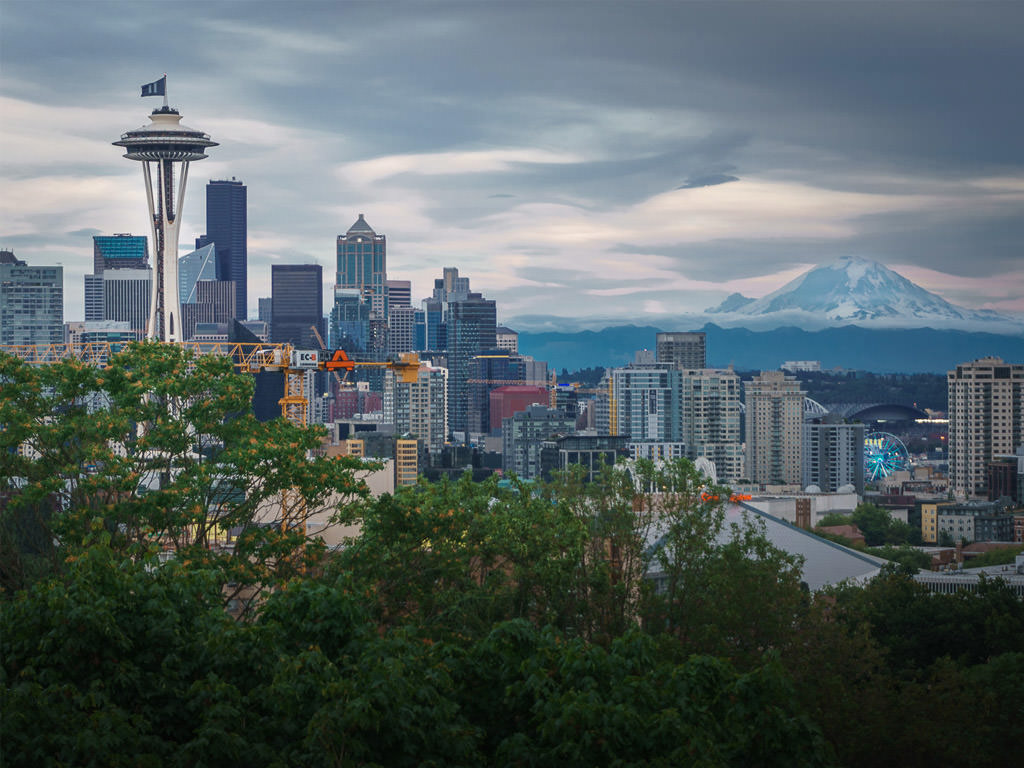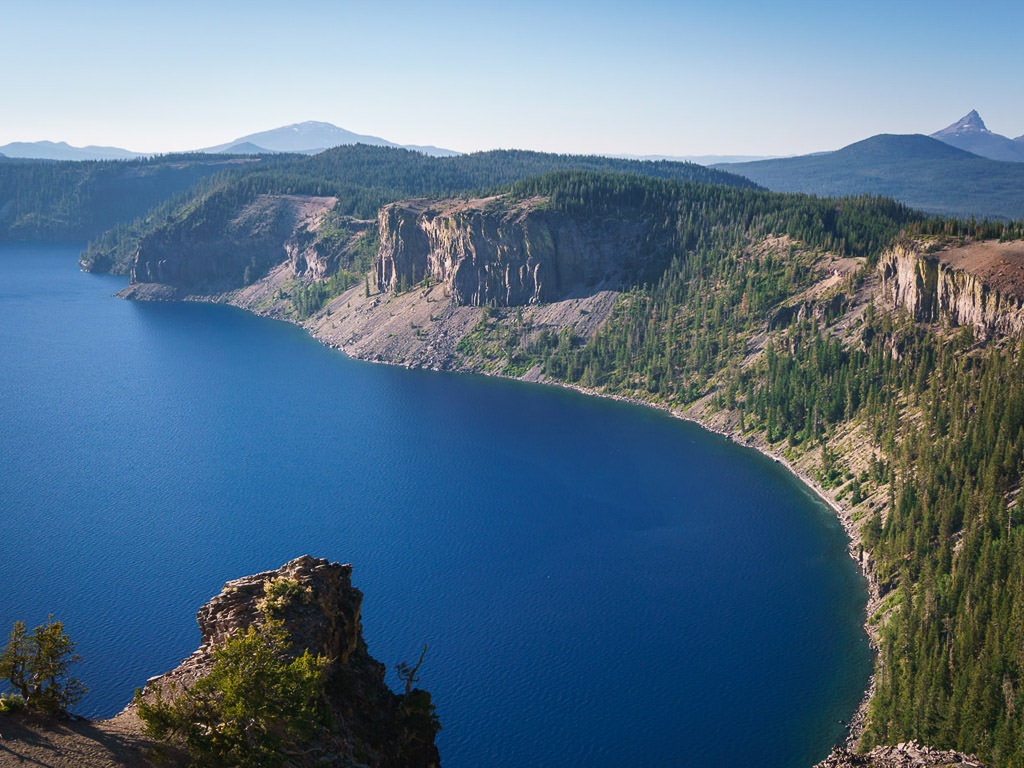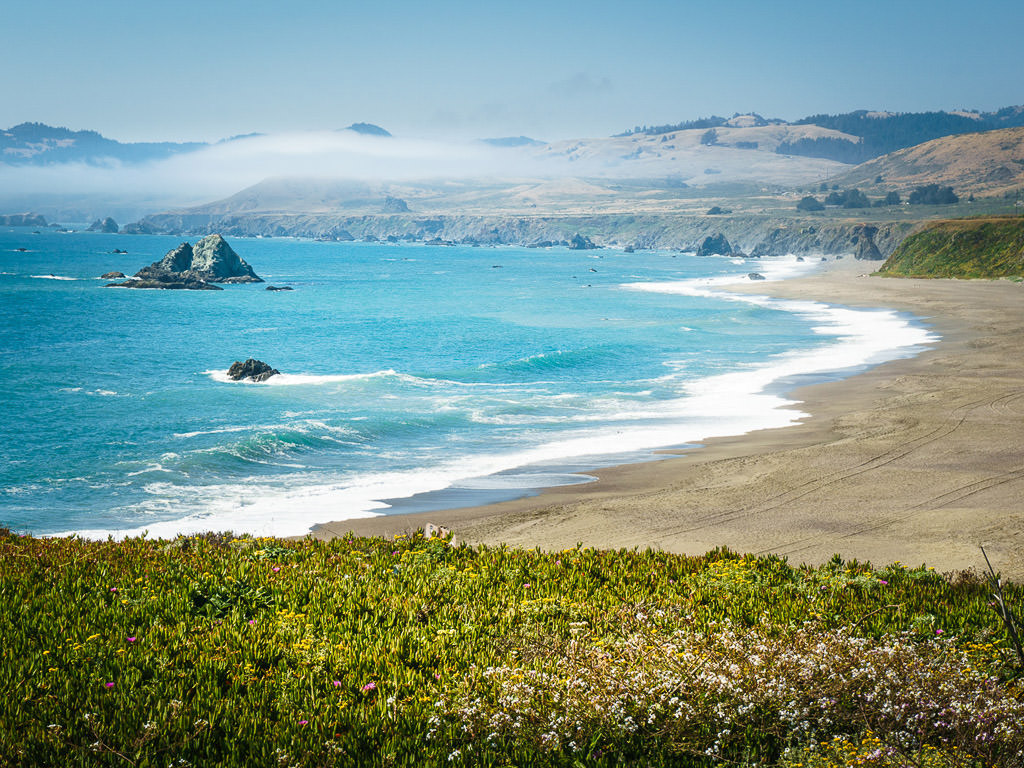
7 Tips for Following Your Perfect Weather
RVing can allow you to control the weather. Well, not literally control it of course, but it sure gives you the ability to follow your perfect weather. A major discovery during our first year of RVing was that at any point during the year, the United States has 70-degree weather somewhere (for us 70ish degrees is perfect). Conversely, if winter is more your thing, we found that winter can be found at almost any point of the year, too!
Weather Extremes
As South Floridians, we found that following the weather we wanted was the greatest pro of RVing. Our home state, though renowned for being the sunshine state, has many months where you can set your watch by our afternoon thunderstorms. Humidity rises to levels that cause your clothing to cling to you like cellophane within two minutes of stepping outside. However, we have friends in places where it's so cold that tunnels connect buildings to protect residents from the frigid temps.
Weather extremes can be unpleasant and even if you live somewhere with an even balance among all four seasons, who says that you need to experience all four every year? As an Rver, you can pick your favorite and follow it throughout the year!

7 Tips for Following Your Perfect Weather
Maybe you would like to throw on your flip flops and sit outside, under your awning, with a coffee and book in hand all year. Then again you might prefer to snuggle inside your RV with hot chocolate and fuzzy socks. Whatever your preference, here are our best tips to help you enjoy the greatest perk of RVing.
1. Head to California
It doesn't matter when you are reading this, right now is probably a good time to head on over to Cali! There is always somewhere in California offering pleasant weather year-round. Depending on what you are looking for and the time of year, just simply adjust how far north or south you are and how close or far you are from the coast.
We personally found Napa and the Russian River Valley to have gorgeous weather during the months of June and July. If things are heating up too much, Bodega Bay and the Bay Area have cool breezes waiting for you.

2. Drive to Arizona
Much like California, Arizona has it all. It can be snowing in April, or sunny and warm in the winter, it's all up to you. Phoenix and Tucson have winters that are the envy of many, but when the temps begin to climb, head up into the mountains and explore Flagstaff and the Coconino National Forest. The higher elevation of Flagstaff allows for cooler temperatures and a much greener landscape than what you might be thinking of when you hear Arizona.
3. Study Your Weather App
This past year, every time we visited a place we absolutely loved we saved it in our weather app. (We use the Weather Underground app along with the iOS weather app). This is helpful in making future RV travel plans.
Did you fall in love with a place, but it was just a little too cold or maybe a little too rainy? If you save the location in your app, you can track the weather after you've moved on and really zero in on when you'd like to return. Doing this, we've found that Denver isn't as cold as one might think, Seattle and Portland not always quite as rainy, and Sonoma close to our perfect weather for much of the year.

4. Seek States with a Large Range of Elevations
We don't tend to plan out our RV routes much. If that style of RV travel appeals to you, an easy way to ensure you have easy access to the weather you enjoy is to RV in states with varied elevation. You can head up to the mountains for cooler temperatures and back down for warmer temperatures.
In this manner you can experience multiple seasons in one day. We personally found California, Oregon, North Carolina, Utah, Arizona, and New Mexico to be particularly good states for this. If daytime temps are a little hot, but the evening is perfect, try heading for higher elevations for some outdoor fun and return to camp in the evening.

5. Follow the Wine
For those of you who are seeking temperate weather, desirable weather and optimal weather for growing grapes go hand in hand. Ideal wine producing climates are often without extreme weather events (frost in the winter and heat waves in the summers), with average temps in the 50-70 degree range.
When it comes to wine in the United States, California often comes to mind, but there are actually many more states with wine producing regions. We were most pleasantly surprised by the summer season weather in the wine regions of Oregon and Washington state, and the winter season weather of the Texas Hill country.
A region known for full-bodied wines will mean you can expect it to be warmer (think Napa and its Cabernets) and regions known for lighter bodied wines will signal cooler temps (think Oregon and its Pinot Noirs).
6. Stay Along the Shore
Not in every case, but certainly in many areas, if you stick to the coastline you will avoid weather extremes and sometimes snow. We highly recommend RVing along the shore in Florida's panhandle during the winter. St. Andrews State Park and St. Joseph Peninsula State Park being great parks to winter at.
In the northern part of the country, we found that Seattle and Portland rarely see snow during the winter. The same holds true in San Fran and the California coast for the most part. The Outer Banks and Savannah are two more areas where staying along the shore keeps you in some pretty balmy weather. Even when it gets cold, you can often count on it being warmer than further inland.

7. Keep Your Travel Plans Flexible
Weather patterns can change from year to year, and almost every part of the country has a natural disaster that can threaten during certain seasons. So, while places like Texas and Florida are considered to have ideal temps during the winter months, they can experience sudden cold snaps and even snow.
Areas that have mild summers can be struck by heat waves. When unexpected weather strikes, if you have the ability to keep travel plans flexible and open, you can change course and drive over to warmer or cooler weather as needed.
In our first year of RV travel, we were able to outrun a heat wave, head (even more) south during unusually cold southern weather, and escape forest fires. With a little flexibility, when you're traveling by RV, your perfect weather is often just a short drive over a state border, up a mountain, or down into a valley.
Comments
Comments on this post are moderated, so they will not appear instantly. All relevant questions and helpful notes are welcome! If you have a service inquiry or question related to your RV, please reach out to the customer care team directly using the phone numbers or contact form on this page .